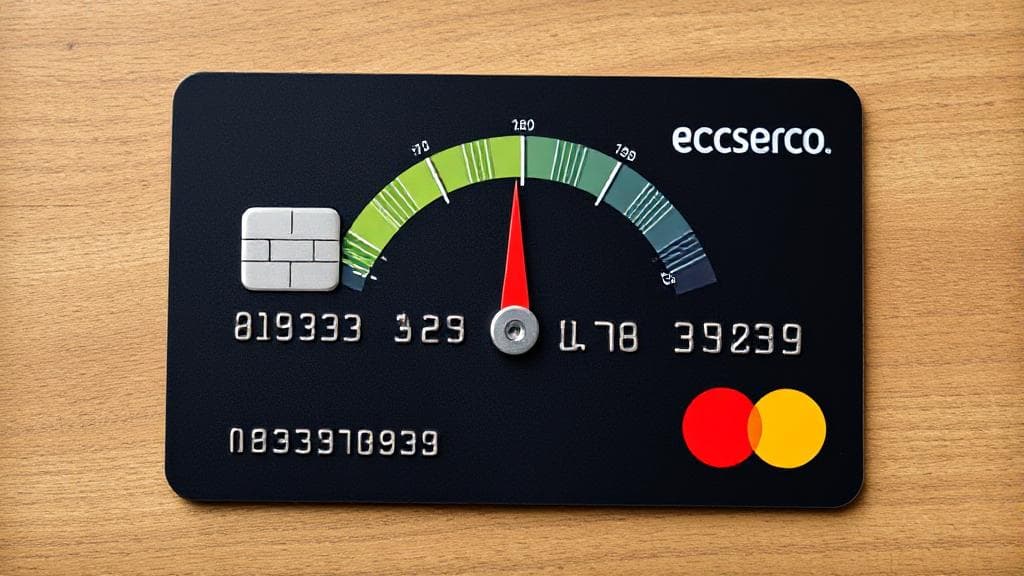Understanding Credit Utilization and Available Credit
Available credit is the difference between your credit limit and your current balance, representing the amount you can still spend on your credit card without penalties. Credit utilization refers to the percentage of your available credit that you're currently using. For example, if you have a credit card with a $10,000 limit and carry a $2,000 balance, your utilization ratio is 20%.
Impact on Credit Score
Your credit utilization ratio accounts for approximately 30% of your FICO credit score, making it one of the most significant factors affecting your creditworthiness. Higher utilization rates can signal financial stress to lenders, potentially leading to lower credit scores.
Recommended Credit Utilization Levels
- Below 10%: Optimal for credit scoring
- 10-30%: Good range for maintaining healthy credit
- 30-50%: May start to negatively impact credit scores
- Above 50%: Could significantly harm credit scores
Industry Recommendations by Income Level
| Annual Income | Recommended Available Credit |
|---|---|
| $30,000 | $10,000 - $15,000 |
| $50,000 | $15,000 - $25,000 |
| $75,000+ | $25,000+ |
Factors Influencing Available Credit Needs
Several factors influence how much available credit an individual should maintain:
- Income Level: Higher income earners may require more available credit to manage expenses
- Expenses and Debt: Those with high monthly expenses may need more available credit
- Credit Score Goals: Maintaining higher available credit can help improve credit scores
- Financial Goals: Specific savings goals may influence desired available credit levels
Strategies for Maintaining Healthy Credit
1. Regular Monitoring
Set up alerts through your credit card issuer or use credit monitoring services like Credit Karma to track your utilization ratio.
2. Increase Your Credit Limit
If you have a good payment history, consider requesting a credit limit increase. This can help lower your credit utilization ratio, provided you don't increase spending.
3. Pay Off Balances
Aim to pay off credit card balances in full each month. If that's not possible, try to make more than the minimum payment to reduce your balance more quickly.
"Your available credit should not be considered an emergency fund replacement." - Dave Ramsey
Benefits of Maintaining Healthy Available Credit
- Improved Credit Score: Lower credit utilization ratios can lead to higher credit scores
- Financial Flexibility: Available credit provides a financial cushion for emergencies
- Better Loan Terms: Lenders offer more favorable terms to responsible credit managers
- Diverse Credit Types: Having various credit types can improve overall creditworthiness
Warning Signs of Insufficient Available Credit
- Regularly exceeding 30% utilization
- Declining credit score
- Difficulty qualifying for new credit
- Relying on credit for basic expenses
Best Practices for Credit Management
- Pay balances in full each month
- Keep utilization below 30%
- Monitor credit reports regularly
- Maintain diverse credit types
- Build emergency savings
For more detailed guidance, consider visiting resources like MyFICO, Experian, or the Federal Trade Commission (FTC).
Remember that available credit is a tool for financial flexibility, not a substitute for savings. By maintaining appropriate credit levels and using credit responsibly, you can build a strong financial foundation for your future.
